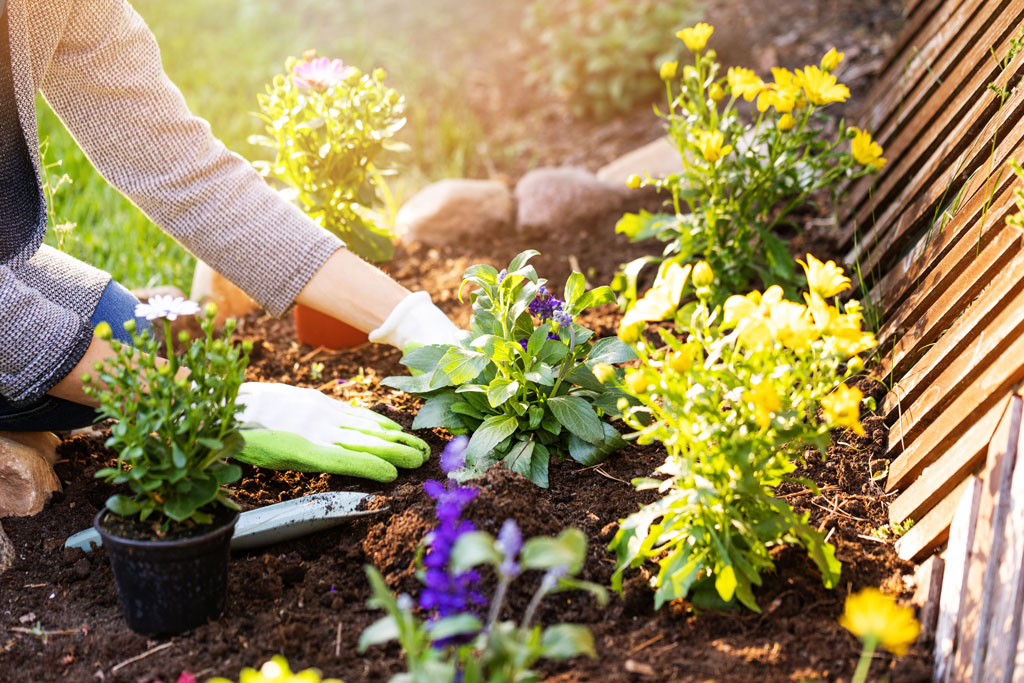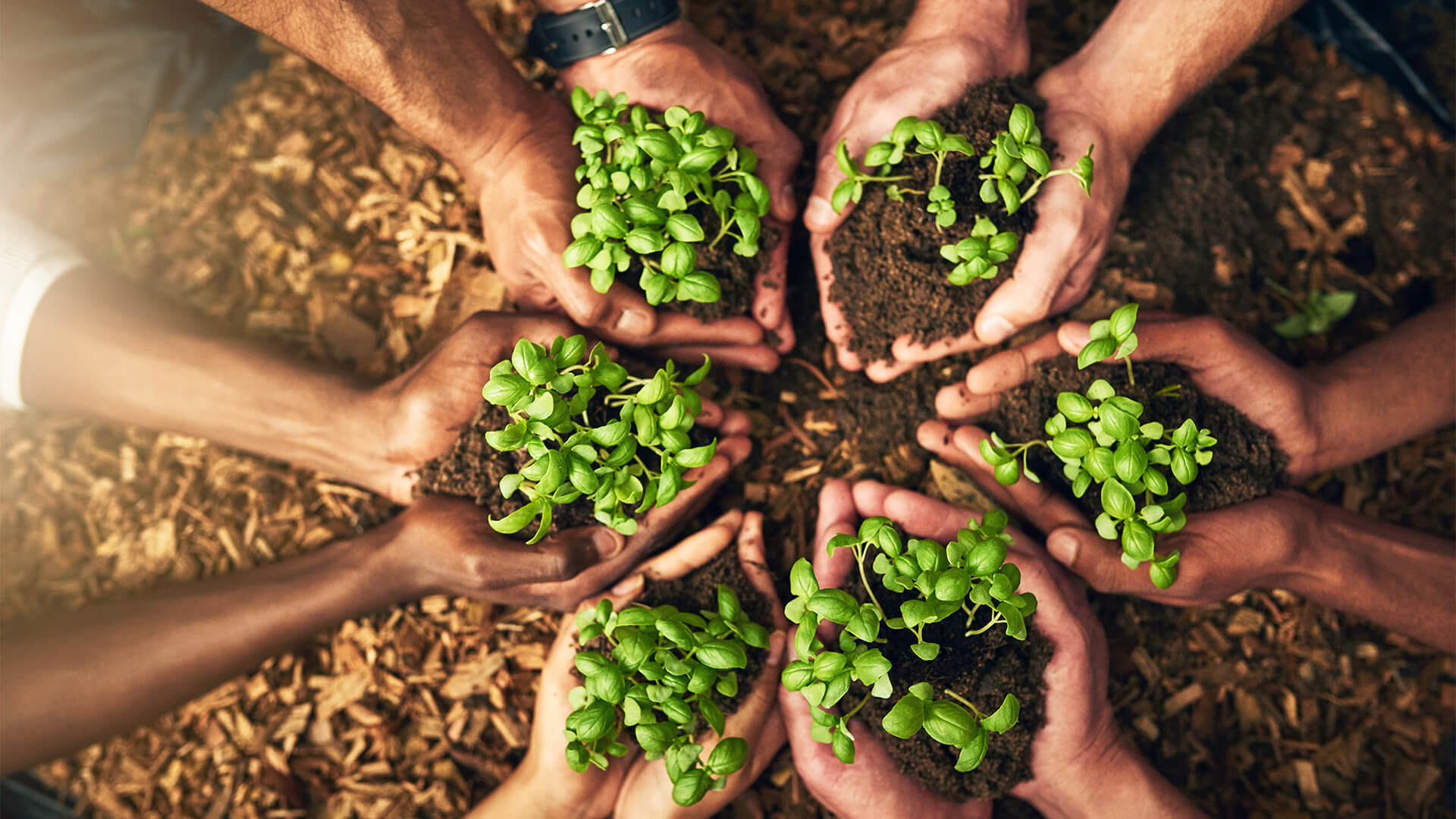How to Implement Sustainable Gardening Practices at Home

Imagine transforming your backyard into a lush, eco-friendly oasis that not only looks beautiful but also contributes positively to the environment. Sustainable gardening practices for home are not just a trend; they are a necessity for a greener future. By adopting these practices, you can create a garden that is both aesthetically pleasing and environmentally responsible. Let's dive into the world of sustainable gardening and explore how you can make a difference, one plant at a time.
Understanding Sustainable Gardening
Sustainable gardening is about creating a harmonious balance between your garden and the environment. It involves practices that minimize waste, conserve water, and promote biodiversity. By embracing eco-friendly gardening, you can reduce your carbon footprint and create a healthier ecosystem right in your backyard.
Getting Started with Sustainable Gardening
1. Choose the Right Plants
One of the first steps in sustainable gardening is selecting the right plants. Opt for water-wise plants that are native to your region. These plants are adapted to the local climate and require less water and maintenance. Native plants also attract local wildlife, contributing to a thriving ecosystem.
2. Practice Organic Gardening
Organic gardening is a cornerstone of sustainable practices. Avoid using synthetic pesticides and fertilizers, which can harm the environment and your health. Instead, use natural alternatives like compost, manure, and organic pesticides. Organic gardening not only promotes soil health but also ensures that your garden is safe for you and your family.
3. Implement Home Composting
Home composting is a fantastic way to reduce garden waste and create nutrient-rich soil. By composting kitchen scraps and yard waste, you can significantly reduce the amount of waste sent to landfills. Composting also improves soil structure, retains moisture, and supports plant growth.

4. Conserve Water
Water conservation is a critical aspect of sustainable gardening. Install a rain barrel to collect rainwater for your plants. Use drip irrigation systems, which deliver water directly to the roots of your plants, reducing water waste. Additionally, mulch your garden beds to retain moisture and suppress weeds.
5. Reduce Garden Waste
Reducing garden waste is essential for a sustainable garden. Instead of throwing away plant trimmings and fallen leaves, use them as mulch or add them to your compost pile. You can also practice grasscycling by leaving grass clippings on your lawn to decompose naturally, providing nutrients to the soil.
Advanced Sustainable Gardening Techniques
1. Permaculture Design
Permaculture is a holistic approach to gardening that mimics natural ecosystems. It involves designing your garden in a way that maximizes efficiency and minimizes waste. Permaculture gardens often include features like food forests, herb spirals, and swales, which capture and store water.
2. Integrated Pest Management (IPM)
IPM is a sustainable approach to pest control that focuses on prevention and the use of natural predators. Instead of relying on chemical pesticides, IPM encourages the use of beneficial insects, birds, and other natural predators to control pests. This method is not only eco-friendly but also more effective in the long run.
3. Companion Planting
Companion planting is the practice of planting different crops together to benefit each other. For example, planting marigolds with tomatoes can deter pests, while planting beans with corn can improve soil fertility. Companion planting promotes biodiversity and creates a healthier garden ecosystem.
Benefits of Sustainable Gardening
Sustainable gardening offers numerous benefits, both for you and the environment. By adopting these practices, you can:
- Save Money: Reduce your water bills and cut down on the cost of fertilizers and pesticides.
- Improve Health: Grow your own organic produce, free from harmful chemicals.
- Support Biodiversity: Attract beneficial insects, birds, and other wildlife to your garden.
- Conserve Resources: Reduce water usage and minimize waste.
- Enhance Aesthetics: Create a beautiful, natural garden that reflects your commitment to the environment.
Conclusion
Implementing sustainable gardening practices at home is not just a trend; it's a lifestyle choice that benefits both you and the planet. By choosing the right plants, practicing organic gardening, implementing home composting, conserving water, and reducing garden waste, you can create a thriving, eco-friendly oasis.
So, why wait? Start your sustainable gardening journey today and watch your garden flourish. Remember, every small step you take towards sustainability makes a big difference.
/GettyImages-1173160625-bc8098e51d424eb2ad4b73a44fa21e6f.jpg)
FAQs
1. What are the best water-wise plants for my garden?
The best water-wise plants depend on your region. Some popular options include succulents, native grasses, and drought-tolerant shrubs. Consult your local nursery or gardening center for recommendations specific to your area.
2. How can I start composting at home?
Starting a compost pile is easy. You can use a compost bin or create a simple pile in your backyard. Add a mix of green materials (like kitchen scraps and grass clippings) and brown materials (like leaves and twigs). Keep the pile moist and turn it regularly to speed up the decomposition process.
3. What are some natural pesticides I can use in my garden?
Natural pesticides include neem oil, insecticidal soap, and diatomaceous earth. These alternatives are safer for the environment and your health compared to synthetic pesticides.
4. How can I reduce water usage in my garden?
You can reduce water usage by installing a rain barrel, using drip irrigation systems, and mulching your garden beds. Additionally, choose water-wise plants that require less water.
5. What is the best way to dispose of garden waste?
The best way to dispose of garden waste is to compost it. Composting reduces waste sent to landfills and creates nutrient-rich soil for your garden. You can also use garden waste as mulch to retain moisture and suppress weeds.
By adopting sustainable gardening practices, you can transform your backyard into a haven for both you and the environment. Happy gardening!
0 Response to "How to Implement Sustainable Gardening Practices at Home"
Post a Comment